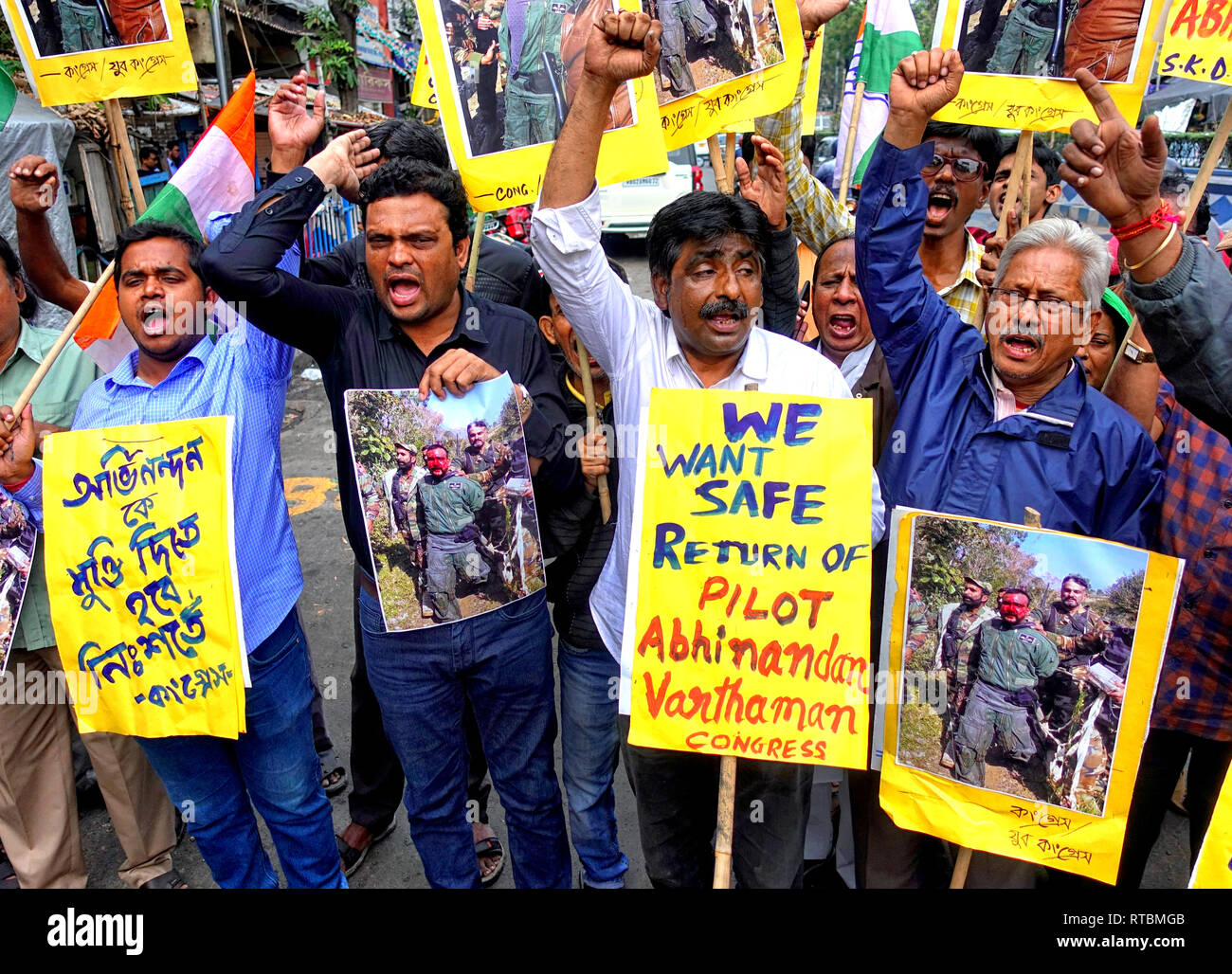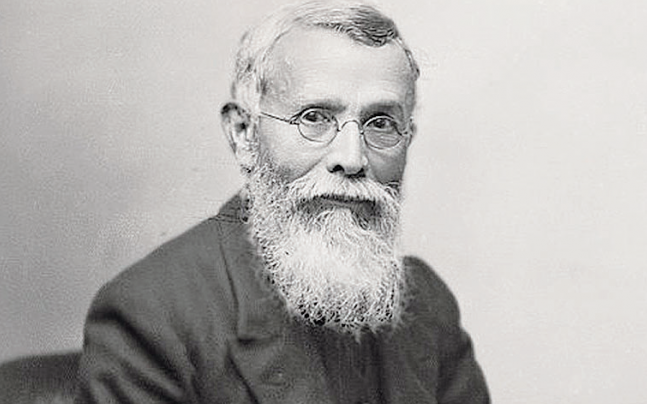

In south Africa, the people of mixed races were called ‘coloured’. What were the people of mixed races were called in South Africa? He was sentenced to life imprisonment in 1964 because he dared to raise voice against the system of apartheid in his country. Why was Nelson Mandela sentenced to life imprisonment in 1964? It was another name of exploitation and oppression. It was imposed by the white Europeans on the blacks. Class 9 Civics Chapter 3 Extra Questions and Answers Constitutional Design Constitutional Design Class 9 Extra Questions and Answer Civics Chapter 3 Very Short Answers TypeĪpartheid was a system of racial discrimination practised in South Africa some decades ago.
#WHAT DID THE INDIAN NATIONAL CONGRESS WANT PDF#
During the constitution-making process during 1946 -1950, members of the Constituent Assembly chose 26 January 1950 for the Constitution of India to come into effect to honour the date of the public declaration of Purna Swaraj.In this page, you can find CBSE Class 9 Civics Chapter 3 Extra Questions and Answers Constitutional Design Pdf free download, NCERT Extra Questions for Class 9 Social Science will make your practice complete. The Purna Swaraj resolution was seen as a critical symbolic event by leaders of the freedom movement and Indians in general. Most scholars, like Mithi Mukherjee in India under the Shadows of Empire, see the Purna Swaraj resolution as a critical component of the changing strategy of the independence movement in engaging with the British: the demand for freedom was now made in the language justice and not charity. The document spoke on behalf of Indians and made its intention of launching the civil disobedience movement clear. It indicted British rule and succinctly articulated the resulting economic, political and cultural injustice inflicted on Indians. It called for severing ties with the British and claimed ‘Purna Swaraj’ or 'complete independence'. The resolution was a short 750-word document. It did not have a legal/constitutional structure – it read more like a manifesto. The resolution marked the beginning of a large-scale political movement against colonial rule.

The Indian National Congress irked and now changed its stance: it gave up demands for dominion status and instead, at its Lahore Session in 1929, passed the ‘Purna Swaraj’ resolution that called for complete independence. Under pressure, Lord Irwin, at a meeting with Jinnah, Nehru, Gandhi and Sapru, told Indian leaders that he could not promise dominion status anytime soon. The Irwin Declaration triggered a backlash in England: politicians and the general public were not in favour of India obtaining dominion status. They now wanted all further negotiations with the British to focus on the formalization of dominion status for India. Indian leaders welcomed this as they had been making the demand for dominion status for a long time. In 1929, Lord Irwin, the then Viceroy of India, made a vaguely announced – referred to as the Irwin Declaration - that India would be granted dominion status in the future. The declaration was passed due to the breakdown of negotiations between leaders of the freedom movement and the British over the question of dominion status for India. A public declaration was made on 26 January 1930 – a day which the Congress Party urged Indians to celebrate as ‘Independence Day’.

The Indian National Congress, on 19 December 1929, passed the historic ‘Purna Swaraj’ – (total independence) resolution – at its Lahore session.


 0 kommentar(er)
0 kommentar(er)
